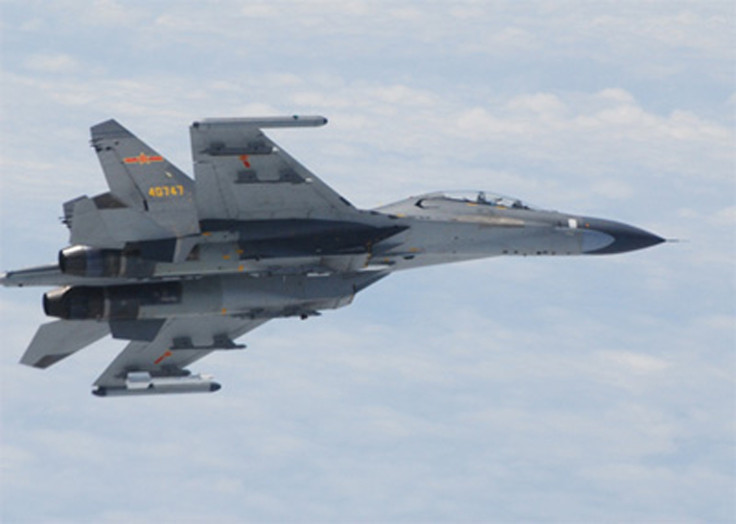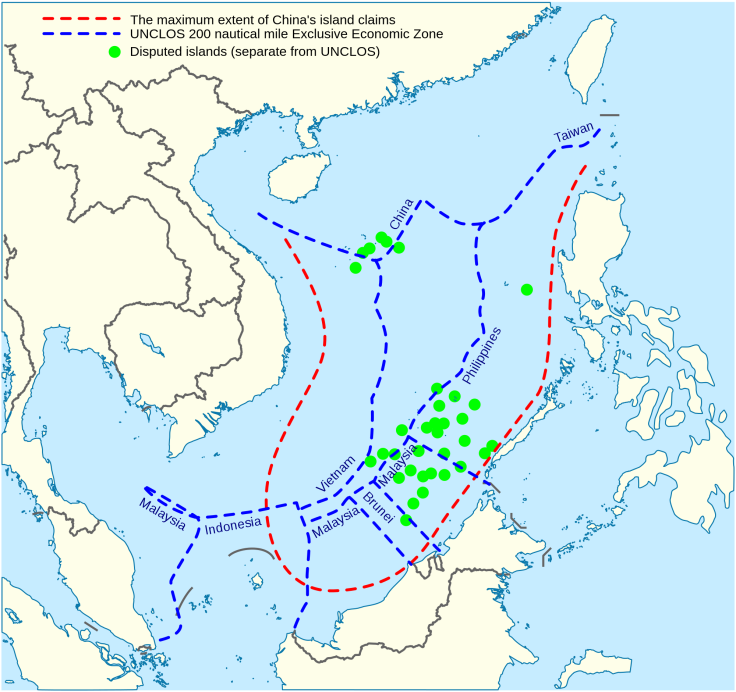South China Sea Tensions: China Warplanes Drill For 'Unexpected Confrontations'

Preparing for what it termed “unexpected confrontations”, China’s military is intensifying exercises in the South China Sea, according to last Sunday’s PLA Daily, the official newspaper of the Chinese People's Liberation Army.
The report said that one drill was held in mid-November and involved two groups of aircraft where information passed from the first group to a second group was used by the latter group to search for and gather intelligence from targets located someplace offshore.
Yan Lang, a division commander, said, “Different from the exercises conducted last year on early warning reconnaissance, this drill was much longer in time span, put in a confrontational mode from the start and had an emphasis on night-time training. [This kind of drill] continuously challenged the limits of our personnel and equipment and helped strengthen the emergency combat capabilities of the army.”
Even the language of the exercises has changed. Another unnamed officer from the same division called the new Chinese air force approach as “proactive” instead of passive with the words “difficulty’ and “intelligence” becoming more frequent.
Another Beijing-based military expert, Zhou Chenming, commented on the exercises as a marked contrast to previous exercises when warplanes were informed in advance about the "rivals’ and "dangers" they could expect. He said, “It’s a needed change for the Chinese air force which has completed the initial stage of modernization, which requires enhanced combat capabilities in a close-to-reality confrontational situation.”
The irony of the exercises is that any “unexpected confrontations” in the South China Sea have come from the Chinese with their naval forces encroaching on other country's exclusive economic zones (EEZs). China often ignores the EEZs in favor of the Nine-Dash line, an artificial line used by China to claim sovereignty over most of the Sea and its vast natural resources.
The United States has no territorial claims in the area but has teamed with other countries in the Indo-Pacific region in 2019 in at least 85 joint military exercises. The South China Sea Strategic Situation Probing Initiative, a think tank affiliated to Peking University, has concluded that the exercises are to counter Beijing’s increased activities.

The Peking think tank stated, “Through these exercises, the US is enhancing its interoperability with other nations and making a stronger military presence to contain the rise of China as a maritime power.” It added that the U.S. was “likely to stage more drills on core combat capability … to handle the perceived regional security threat”. Most people agree that a think tank was not needed to draw that conclusion.
The China-U.S. trade war has damaged both countries economically, but China will certainly lose if the trade war becomes a war of attrition because the U.S. has greater resources. A “phase one” agreement between the two has been reached but it remains to be seen if any further progress will be made. If not, China may be bolstering its air capabilities to support its maritime goals in the South China Sea.
© Copyright IBTimes 2024. All rights reserved.





















